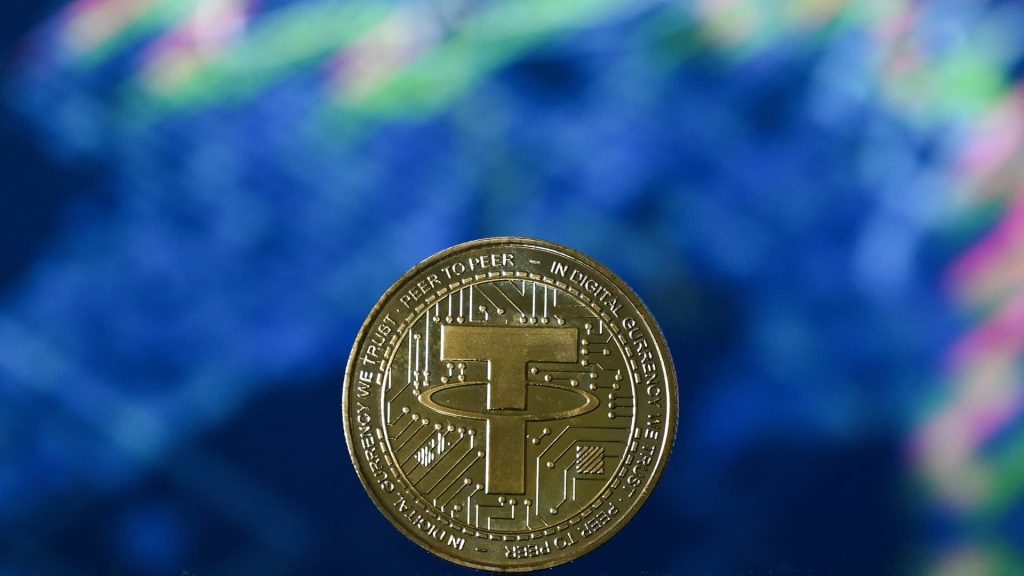Stablecoin Tether and Circle’s USDC dominate the market.
Justin Tallis | Afp | Getty Images
The U.K. should establish a national stablecoin strategy to enable adoption of the tokens and avoid falling behind the U.S. on the disruptive new technology, several major crypto firms said Wednesday.
In an open letter addressed to Finance Minister Rachel Reeves, 30 crypto industry figures said that the U.K. “must act now to avoid being a rule-taker rather than a rule-maker in the digital asset era.”
“To ensure the UK is at the forefront, we believe a proactive, coordinated national strategy is needed – one that positions stablecoins not as a risk to be contained, but as a financial infrastructure to be responsibly embraced,” the letter said.
The U.K. Treasury department was not immediately available for comment when contacted by CNBC.
Stablecoins are a type of cryptocurrency that is pegged to an existing government-backed currency. There are several stablecoins in issuance, however the most commonly known are Tether’s USDT and Circle’s USDC — both of which are tied to the U.S. dollar.
The entire stablecoin market is worth over $280 billion, according to CoinGecko data. But for stablecoins pegged to the British pound, their combined market capitalization stands at just £461,224 ($621,197).
Crypto industry insiders have taken issue with Britain’s regulatory stance on stablecoins, saying it puts the nascent industry — and, in turn, the U.K.’s financial services landscape — at a disadvantage.
One aspect of the U.K.’s approach that worries the industry is the legal definition of stablecoins as “crypto-assets with reference to fiat currency.”
“This definition focuses on form rather than function,” they said in the open letter Wednesday. “This is akin to defining a cheque as paper with reference to currency, when both are essentially negotiable instruments backed by regulated issuers.”
A national stablecoin strategy would strengthen the U.K.’s role as a global financial center, generate new fee and foreign exchange revenue streams and support demand for gilts through new digital channels, the signatories to the letter said.
The letter was signed by industry executives from Coinbase, Kraken, Copper, Fireblocks, BitGo and VanEck.
Still, stablecoins are not without their concerns.
In 2022, a stablecoin named terra and its sister token luna both collapsed to $0 after a failure in the cryptocurrencies’ underlying technology. That also caused the value of USDT to temporarily fall below its $1 peg. USDT is currently worth $1.
In a research note published Wednesday, HSBC’s head of digital assets research, Daragh Maher, wrote that stablecoins could help bridge the gap between traditional finance and digital assets.
“They are basically the cash equivalent of digital assets,” Maher argued. “They are the reference or base currency for nearly every crypto asset. They can also be used for transferring money using blockchain pay rails rather than traditional banking methods.”
However, he added that regulatory issues remain the biggest hurdle to stablecoin adoption. “The key to capitalising on the potential of stablecoins lies in creating an appropriate regulatory environment for the sector,” said Maher.

